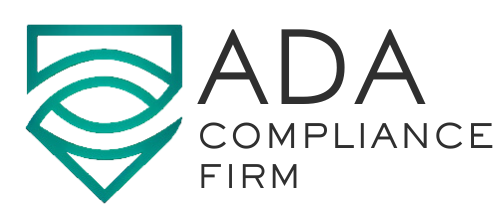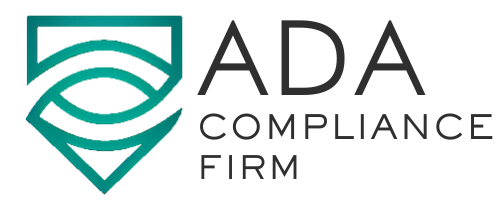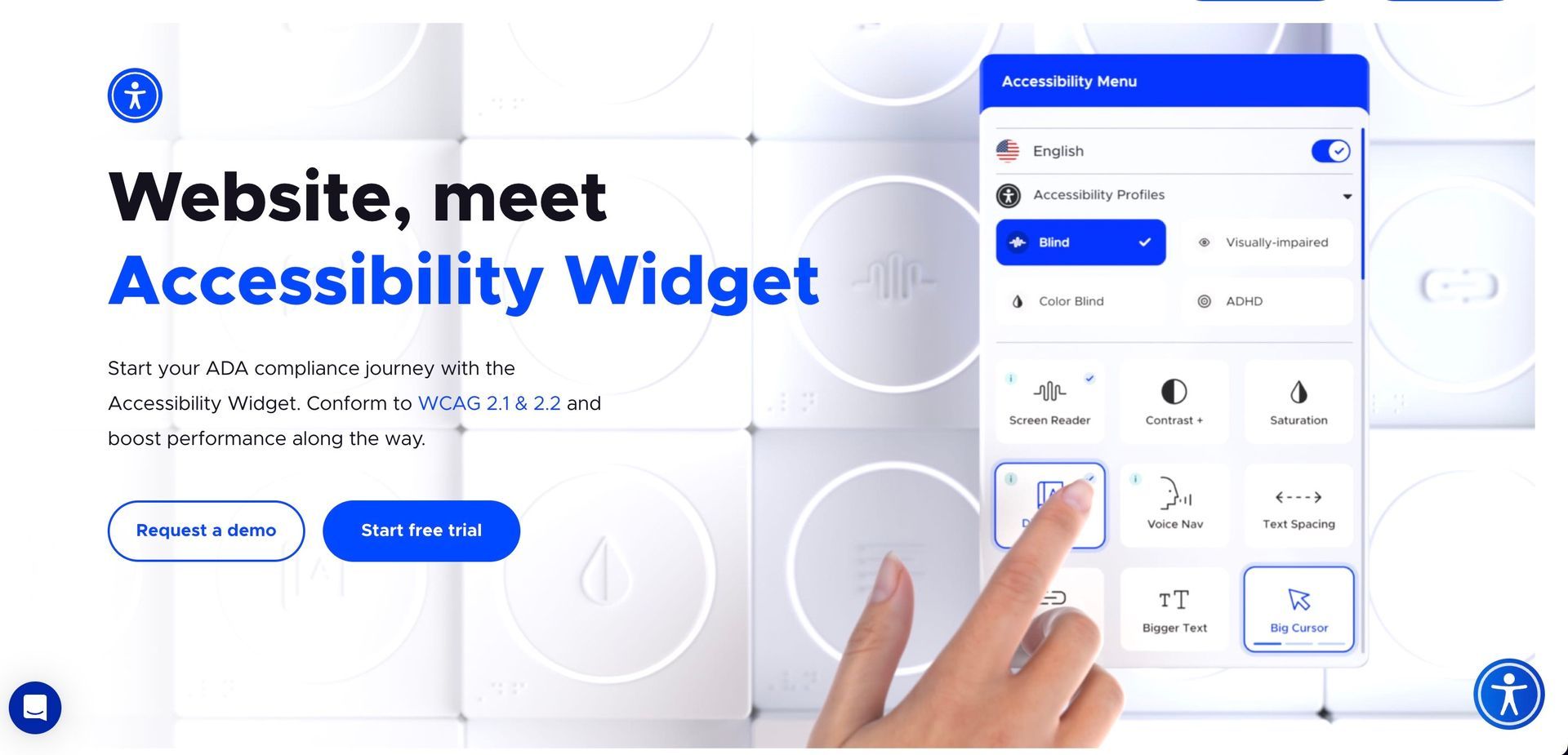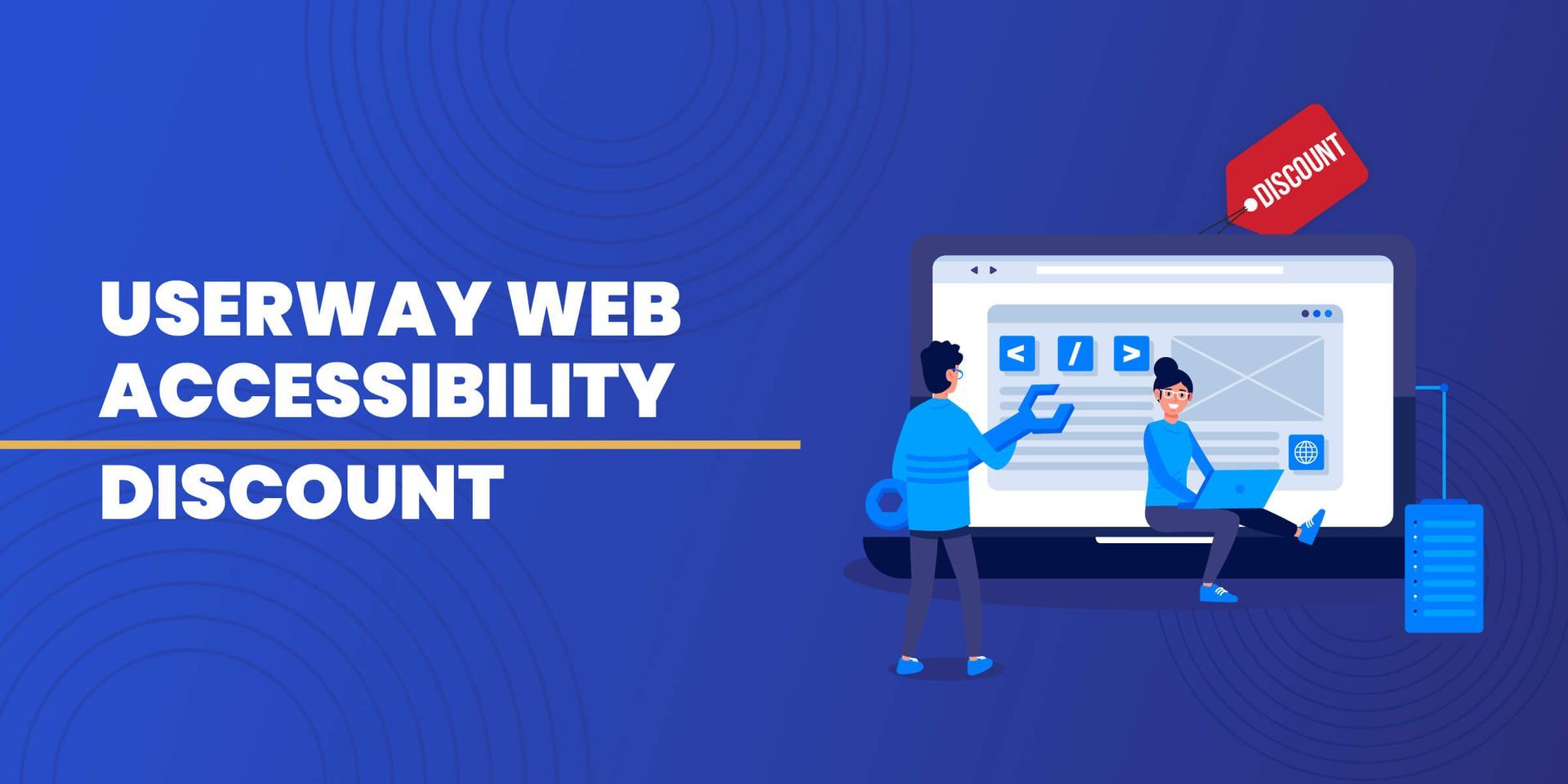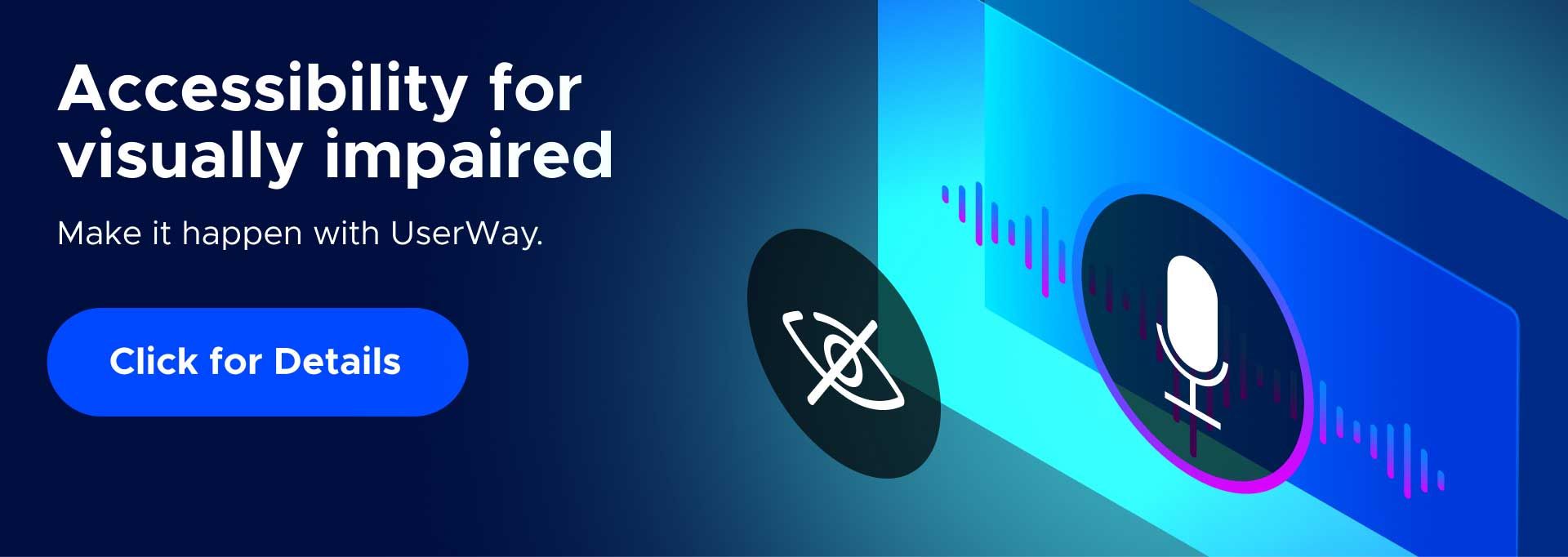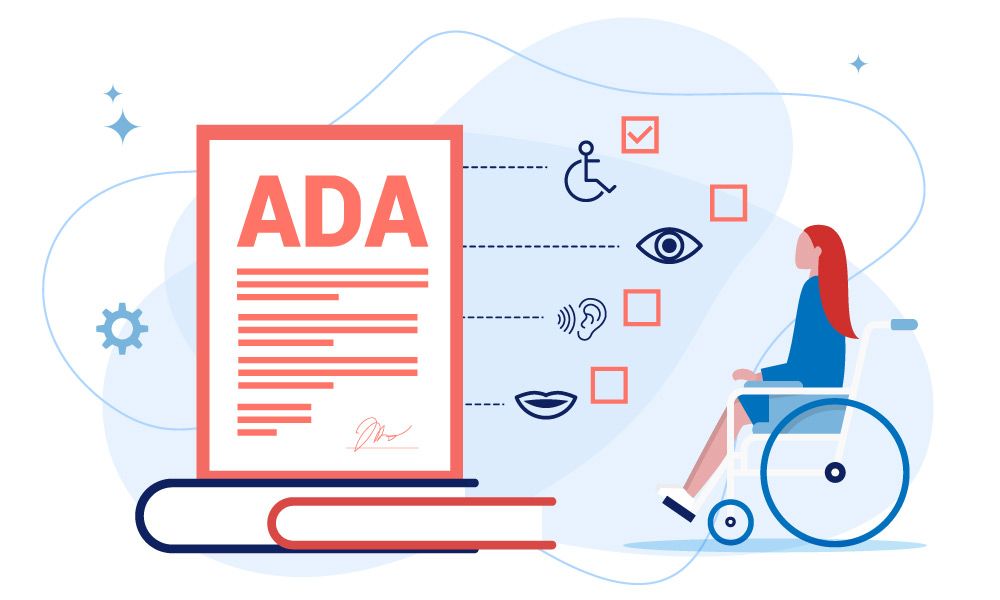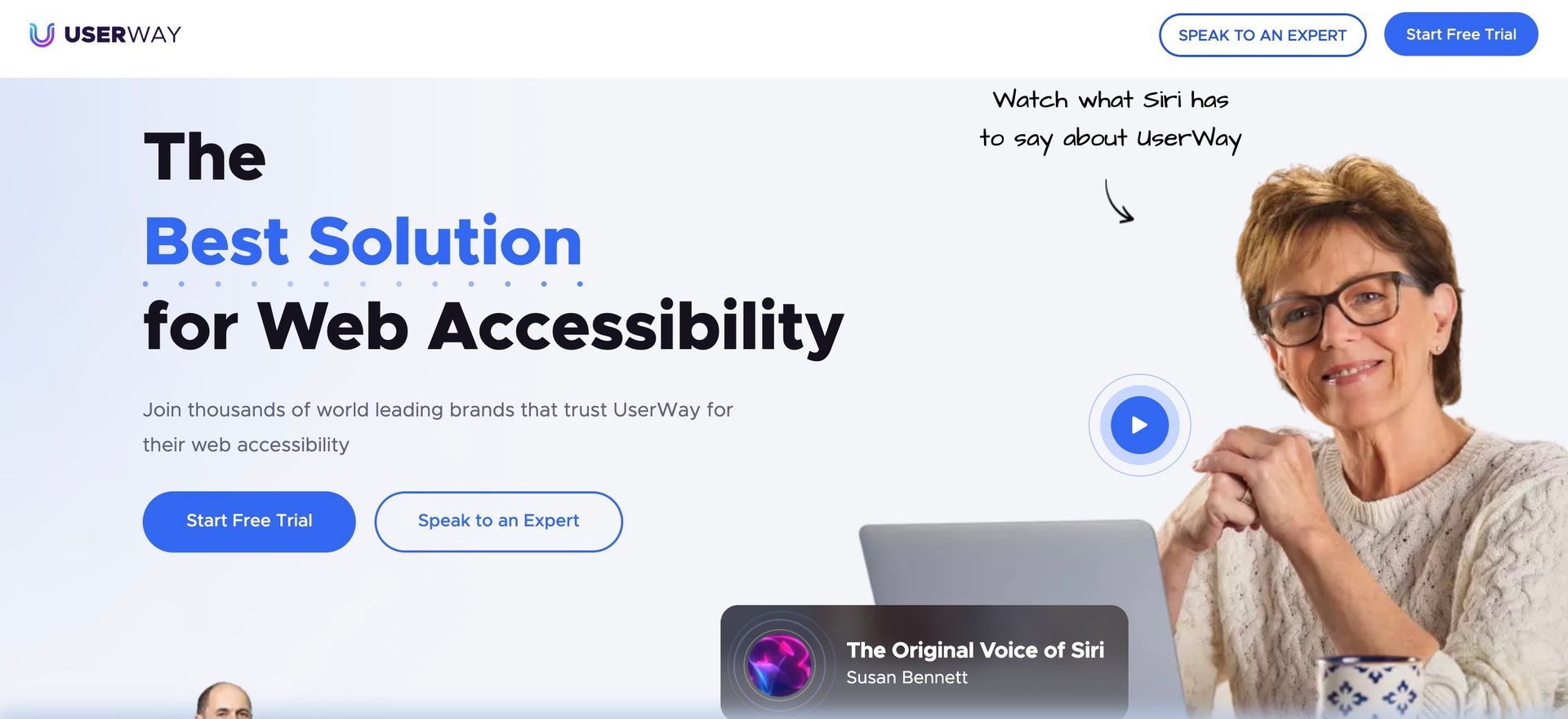How to Check Your Website for ADA Compliance
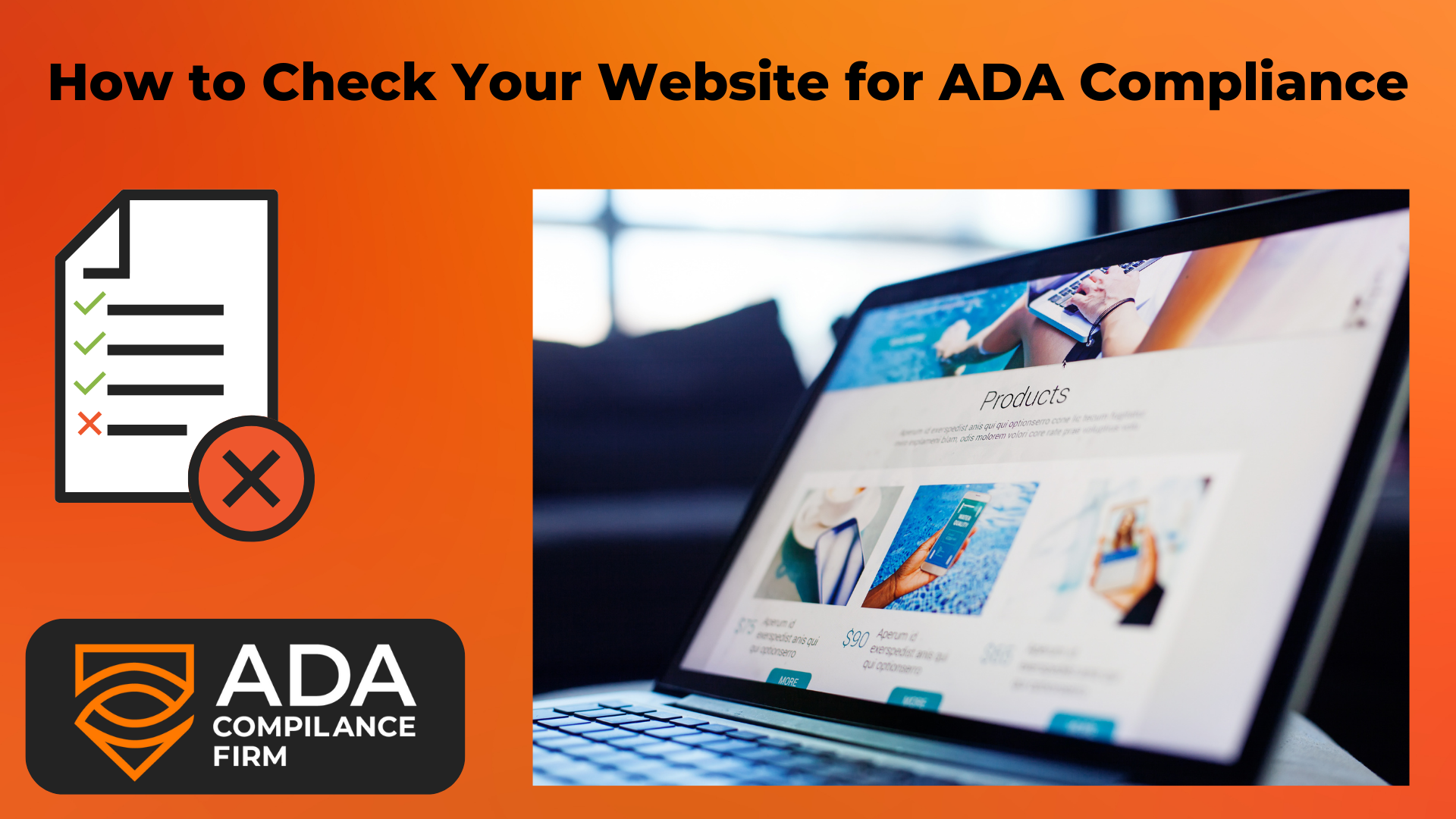
Introduction
In today's digital age, it's essential to ensure your website is accessible for several reasons, including ensuring your customers aren't limited and for legal and practical reasons. Your website should comply with the American Disabilities Act (ADA) and follow the Web Content Accessibility Guidelines (WCAG).
With all the changes consistently occurring with the regulations and technological advancements, it can be hard to know where to start.
This guide can help you better understand the key aspects of accessibility testing and how you can manage self-checks to ensure your website is compliant. We'll go over what accessibility is, why it's important, and simple tips to test the ADA compliance of your website.
What is Website Accessibility?
The American Disabilities Act (ADA) was implemented long before people knew what the internet was capable of and the future it would bring. The ADA continues to make adjustments and create guidelines such as the Web Content Accessibility Guide (WCAG) to help business owners understand what they need to do to make their website accessible to people with disabilities.
Website accessibility is the means of removing access barriers that can prevent some people from being able to use websites effectively. By ensuring accessibility, you allow people with all abilities, including speech, hearing, cognition, mobility, and other disabilities, to use websites and products that benefit them. Without website accessibility, you can lose valuable customers and potentially risk being sued or facing legal action against your business. Learn more about this
in our article here.
How to Test Your Website for WCAG and ADA Compliance
Accessibility testing is the process you will go through to determine if there are any gaps in accessibility on your website. Testing your website for ADA compliance requires you to use the WCAG to cover every aspect of accessibility your website utilizes. It covers everything from web design, animation, text, layout, and audio. You can manually test your website by using these tools and tricks to help ensure you're in compliance. Get our free compliance checklist here.
Keyboard Navigation and Operation – Users on your website may have motor skills impairments such as Parkinson's or MS that prevent them from being able to use a mouse. You'll want to ensure your website is completely accessible through a keyboard only by using only a combination of commands. You can test your keyboard navigation by using the Shift-Tab keys to navigate your website. Are you able to access all features? You'll want to look for a blue box highlighting the page's features as you navigate.
Test Your Website Using a Screen Reader – People with vision impairments or who are blind should be able to access your website using a screen reader. Screen readers are designed to read text out loud as they navigate websites. In order to ensure the user has the full experience, alt text is used to describe images. Ensure your alt text throughout your website clearly conveys the images to a user. You can check your website with a free screen reader, such as the NVDA Screen Reader, and make any adjustments as needed.
Check Content Can Be Resized Up to 200% - People who struggle with poor eyesight use the zoom function to resize website content to be able to better see the text on the page. The WCAG recommends that the text used be able to be resized up to 200% without losing meaning or needing assistive technology. This test is simple to use by pulling up your website and zooming in on your browser.
Ensure Your Website Has Good Color Contrast – Color contrast is the difference between the background and foreground colors. Ensuring your website has optimal visibility to be able to distinguish images and text for people who may be color blind or have low vision. The WCAG recommends your website's text, and images of text need to have a contrast ratio of 4.5:1 for normal text and 3:1 for large text (18 points or larger). You can check the color contrast on your website using the free Color Contrast Accessibility Validator powered by the Bureau of Internet Accessibility.
Ensure Video Content Has Subtitle Abilities – Any audio on your website should be available with subtitles for those who are deaf or living with hearing impairments. The captions should be synchronized to seamlessly flow with the video or audio and be adjustable for readability.
Allow Animation Control – If your website has any animations or videos with auto-play functionality, your website should allow users to turn off or minimize the animations. This functionality is especially important to those who experience motion sickness and fatigue when interacting with any website or product with a lot of animation. Ensure your website allows you to remove animations without any impact on the site's functionality.
Automated Testing Tools – If you don't want to manually test your website for accessibility or you're afraid you're going to miss something, there are tools available that run the checks for you. The automated tools scan your website and identify if you have any common accessibility issues. They will provide you with a report and can make recommendations on the changes you need to implement to ensure your website is fully accessible.
Testing your website for ADA compliance for accessibility is not just important for reducing the risk of legal fallout. It's important to ensure you create a website that is accessible for all, regardless of their abilities. If you'd like to take the initiative and read more about the Web Content Accessibility Guidelines, you can visit their website to review all the requirements to ensure you are in compliance.
Free ADA Compliance Checklist
When it comes to website accessibility, there are a lot of things to consider. You can grab our free website compliance checklist by clicking here to make sure you follow each step.
Join our newsletter
Recent Blog Posts
